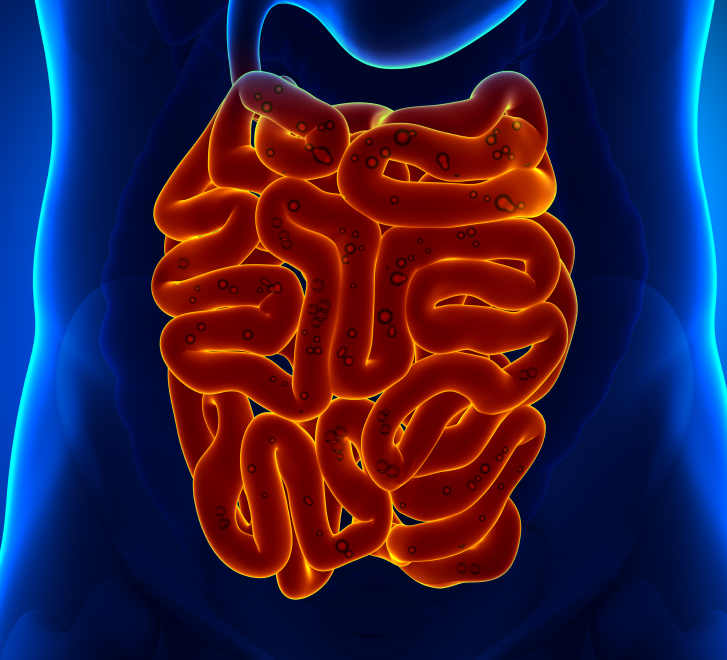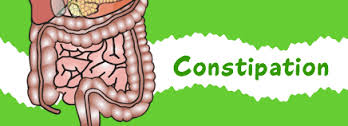

The typical protocol of the lactulose hydrogen breath test (LHBT) includes oral ingestion of 10 g lactulose in 200 mL water next, breath samples are collected at 15-minute intervals for 120?240 minutes. 5, 9Īlthough there are many advantages of breath testing, this testing modality also has several limitations in the diagnosis of SIBO, which include heterogeneous testing methods and interpretation.

The measurement of methane in addition to hydrogen may improve the diagnostic yield of breath testing, because 20% to 30% of the general population produces methane as the main by-product of carbohydrate fermentation. Hydrogen breath testing (HBT) after ingestion of lactulose or glucose is the most commonly used method, based on the principle that exhaled hydrogen and methane are solely produced by bacterial fermentation of carbohydrates. The measured gases include labeled carbon dioxide (CO 2), hydrogen, and methane. Thus, the luminal bacterial load can be assessed indirectly. 5, 9 Breath testing involves administering a load of carbohydrate, such as 14 C-xylose, lactulose, or glucose to patients, and measuring exhaled gas concentrations produced by bacterial fermentation over a period of time. Furthermore, it may represent both proximal and distal small bowel bacterial overgrowth when lactulose is used as a substrate, and thus includes cases of pathologic bacterial strains not cultured. 9 Thus, breath testing has been used as an alternative approach to diagnose SIBO.īreath testing is more readily available, safe, inexpensive, and noninvasive than jejunal aspiration culture for the diagnosis of SIBO. Moreover, a large proportion of luminal bacteria goes uncultured. 9 However, the limitations of this test include cost, invasiveness, potential for sample contamination, and missing bacterial overgrowth in the distal small bowel. Although there is no standard definition of a positive culture with studies using from more than 10 3 CFU/mL to more than 10 7 CFU/mL to define SIBO, a bacterial count of 10 5 CFU/mL or more has been accepted for the diagnosis of SIBO. 8įor the diagnosis of SIBO, small-bowel aspiration for quantitative culture has traditionally been regarded as the gold standard. 5 In a recent study, mucosal interleukin (IL)-1 α and β levels were higher in IBS patients with SIBO than those without SIBO, and associated with abdominal bloating, suggesting that SIBO may lead to bloating via gut inflammation.

Bacterial overgrowth may also affect directly the sensori-motor function of the gut.

6, 7 These symptoms may occur due to increased gas production, toxic byproducts, de-conjugated bile salts, or increased osmotic load after bacterial metabolism in the small intestine. SIBO is a condition in which there is overgrowth of bacteria in the small intestine it is associated with symptoms such as chronic diarrhea, bloating, abdominal distention, and flatulence. 2, 3 Recently, small intestinal bacterial overgrowth (SIBO) has been suggested as a possible etiological mechanism, especially in IBS. FD and IBS are considered multifactorial disorders associated with visceral hypersensitivity, altered motility, and dysfunction of the brain-gut axis and immune system. 2 An overlap between FD and IBS is commonly observed. 1 IBS is a functional bowel disorder involving abdominal pain or discomfort associated with bowel habit changes and disordered defecation. FD is defined as the presence of symptoms, including postprandial fullness, early satiation, or epigastric pain or burning, that is thought to originate in the gastroduodenal region. Functional dyspepsia (FD) and irritable bowel syndrome (IBS) are the most common functional gastrointestinal disorders (FGIDs) with a significant burden on patients’ quality of life.


 0 kommentar(er)
0 kommentar(er)
